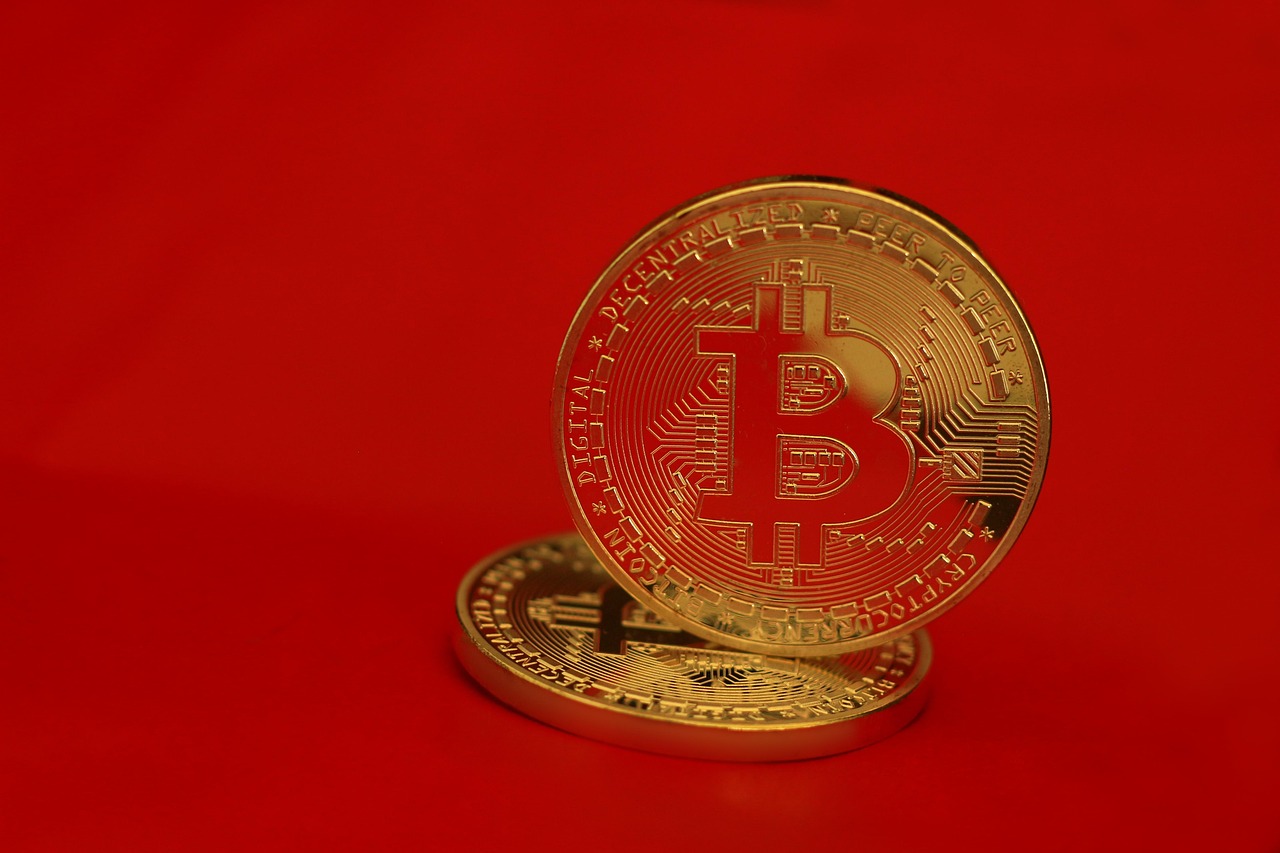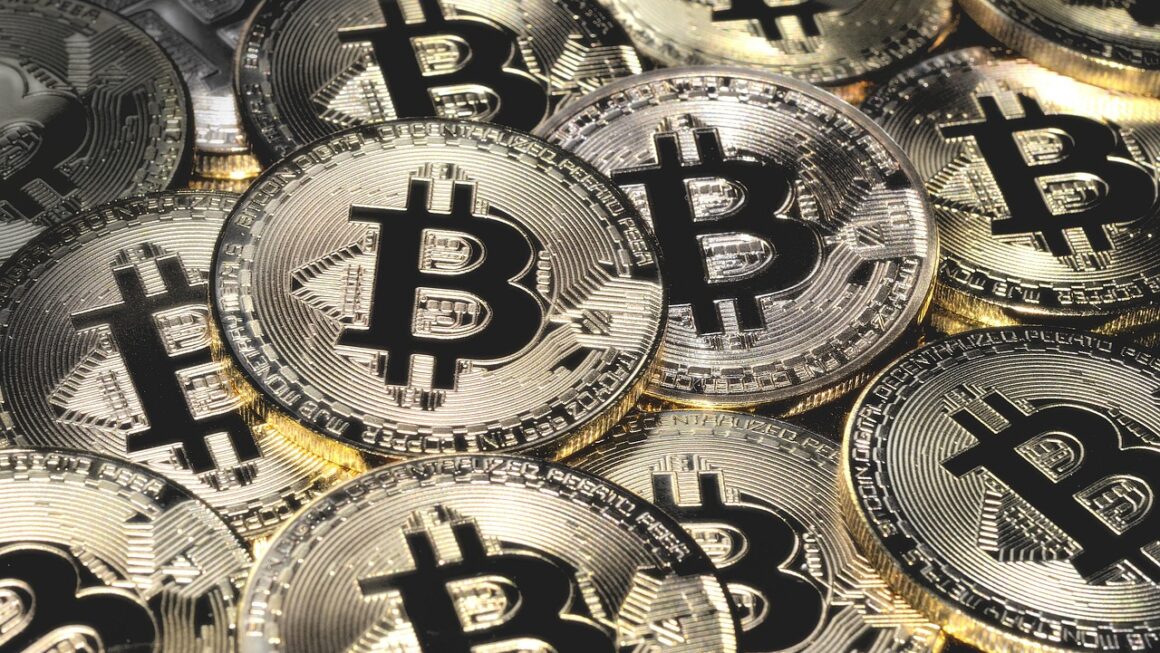Altcoins, short for “alternative cryptocurrencies,” have rapidly evolved from being mere Bitcoin imitators to a diverse ecosystem of digital assets, each with unique functionalities and investment potential. Understanding the nuances of altcoins is crucial for anyone looking to navigate the increasingly complex world of cryptocurrency. This comprehensive guide dives deep into the realm of altcoins, covering their types, potential benefits, associated risks, and offering strategies for informed investment.
What Are Altcoins? A Comprehensive Overview
Defining Altcoins
Altcoins are essentially any cryptocurrency that isn’t Bitcoin. They emerged as alternatives to Bitcoin, aiming to improve upon its perceived limitations, such as transaction speed, energy consumption, or smart contract capabilities. While Bitcoin remains the dominant cryptocurrency, altcoins have gained significant traction, offering diverse functionalities and catering to various niche markets.
For more details, see Investopedia on Cryptocurrency.
The Rise of Altcoins: A Brief History
The first altcoin, Namecoin, launched in 2011. It aimed to decentralize domain name registration. Since then, thousands of altcoins have been created, each with its own unique purpose, technology, and community. The emergence of platforms like Ethereum, which allows developers to build decentralized applications (dApps) and create new tokens, significantly accelerated the growth of the altcoin market.
Why Do Altcoins Exist?
Altcoins exist for a variety of reasons, primarily driven by the desire to:
- Improve Upon Bitcoin’s Limitations: Some altcoins aim to address issues such as Bitcoin’s slow transaction speeds or high transaction fees.
- Offer New Functionalities: Altcoins can provide functionalities not found in Bitcoin, such as enhanced privacy, smart contract capabilities, or decentralized finance (DeFi) applications.
- Target Specific Niches: Many altcoins cater to specific industries or communities, offering tailored solutions for particular needs. For example, some altcoins focus on supply chain management, healthcare, or gaming.
- Innovation: The altcoin market is a hotbed of innovation. Developers use altcoins to experiment with new technologies and concepts, pushing the boundaries of what’s possible with blockchain technology.
Types of Altcoins: Navigating the Landscape
Mining-Based Altcoins
These altcoins, like Litecoin (LTC) and Monero (XMR), use a Proof-of-Work (PoW) consensus mechanism similar to Bitcoin. Miners compete to solve complex mathematical problems to validate transactions and earn new coins. Litecoin, for example, was designed to have faster transaction times and a different hashing algorithm than Bitcoin. Monero focuses on privacy, employing advanced cryptographic techniques to obfuscate transaction details.
Stablecoins
Stablecoins are cryptocurrencies designed to maintain a stable value, typically pegged to a fiat currency like the US dollar or a commodity like gold. Examples include Tether (USDT), USD Coin (USDC), and Dai (DAI). They offer the benefits of cryptocurrencies (fast transactions, global accessibility) without the volatility typically associated with them. Stablecoins are often used for trading, lending, and borrowing in the DeFi space. For example, a trader might convert Bitcoin to USDT to protect against price drops.
Security Tokens
Security tokens represent ownership in a real-world asset, such as equity in a company, real estate, or debt. They are subject to securities regulations and offer investors fractional ownership and increased liquidity. Polymath is a platform that facilitates the issuance and management of security tokens. Security tokens promise to democratize investment opportunities and make it easier for companies to raise capital.
Utility Tokens
Utility tokens provide access to a specific product or service within a blockchain ecosystem. They don’t represent ownership but rather grant users certain privileges or functionalities. Examples include Filecoin (FIL), which provides decentralized storage, and Chainlink (LINK), which provides oracle services for smart contracts. For instance, you might need to hold a specific utility token to access premium features in a decentralized social media platform.
Governance Tokens
Governance tokens empower holders to participate in the decision-making process of a blockchain project. Holders can vote on proposals, suggest changes to the protocol, and influence the direction of the project. Maker (MKR) is a governance token for the MakerDAO ecosystem, which manages the Dai stablecoin. Holding MKR allows users to vote on changes to the Dai stability fee and other important parameters.
Benefits and Risks of Investing in Altcoins
Potential Benefits
- High Growth Potential: Altcoins can offer significantly higher returns than Bitcoin, especially during bull markets. The lower market capitalization of many altcoins means that even relatively small investments can have a substantial impact on their price.
- Diversification: Investing in altcoins can diversify your cryptocurrency portfolio, reducing overall risk. By spreading your investments across different assets, you are less vulnerable to the price fluctuations of any single cryptocurrency.
- Access to New Technologies: Altcoins often represent cutting-edge technologies and innovative use cases. Investing in them can expose you to new and exciting developments in the blockchain space.
- Potential for Passive Income: Some altcoins offer staking or lending rewards, allowing you to earn passive income by holding and participating in the network.
Associated Risks
- Higher Volatility: Altcoins are generally more volatile than Bitcoin, meaning their prices can fluctuate significantly in short periods. This volatility can lead to both significant gains and significant losses.
- Lower Liquidity: Many altcoins have lower trading volumes than Bitcoin, making it more difficult to buy or sell them quickly and at a desired price. This illiquidity can exacerbate price swings.
- Scams and Rug Pulls: The altcoin market is rife with scams and fraudulent projects. “Rug pulls,” where developers abandon a project and abscond with investors’ funds, are a common occurrence.
- Regulatory Uncertainty: The regulatory landscape for altcoins is still evolving, and there is a risk that governments could impose restrictions or bans on certain altcoins.
- Technology Risks: The underlying technology of an altcoin might be flawed or susceptible to attacks.
Strategies for Investing in Altcoins
Due Diligence is Key
- Research the Team: Investigate the team behind the project. Look for experienced developers, advisors, and marketers with a proven track record.
- Understand the Technology: Read the whitepaper and understand the underlying technology. Is the technology innovative and viable? Does it solve a real problem?
- Analyze the Market: Assess the market demand for the altcoin. Is there a clear use case? Is there a strong community supporting the project?
- Review the Tokenomics: Understand the token distribution, supply schedule, and utility of the token. Is the tokenomics designed to incentivize long-term growth and sustainability?
Portfolio Allocation and Risk Management
- Allocate a Small Percentage of Your Portfolio: Due to the high risk associated with altcoins, it’s prudent to allocate only a small percentage of your overall investment portfolio to them. A common recommendation is to limit altcoin investments to no more than 5-10% of your portfolio.
- Diversify Your Altcoin Holdings: Don’t put all your eggs in one basket. Spread your investments across several different altcoins to mitigate risk.
- Set Stop-Loss Orders: Use stop-loss orders to limit your potential losses. A stop-loss order automatically sells your altcoin if the price falls below a predetermined level.
- Take Profits Regularly: Don’t get greedy. Take profits regularly to secure your gains and reduce your overall risk exposure.
Secure Storage and Security Practices
- Use a Hardware Wallet: Store your altcoins in a hardware wallet for maximum security. Hardware wallets store your private keys offline, making them less vulnerable to hacking. Examples include Ledger and Trezor.
- Enable Two-Factor Authentication (2FA): Enable 2FA on all your cryptocurrency accounts. This adds an extra layer of security by requiring a second factor of authentication, such as a code from your phone, in addition to your password.
- Beware of Phishing Scams: Be wary of phishing scams that attempt to steal your private keys or login credentials. Never click on suspicious links or enter your private keys on untrusted websites.
- Keep Your Software Updated: Keep your operating system, antivirus software, and cryptocurrency wallets up to date to protect against security vulnerabilities.
Conclusion
The altcoin market presents both exciting opportunities and significant risks. By understanding the different types of altcoins, conducting thorough due diligence, managing your risk effectively, and prioritizing security, you can increase your chances of success in this dynamic and evolving landscape. Remember, investing in altcoins requires a long-term perspective and a willingness to learn and adapt to the ever-changing market conditions.
Read our previous article: Open Source: Fostering Innovation Beyond Corporate Walls




